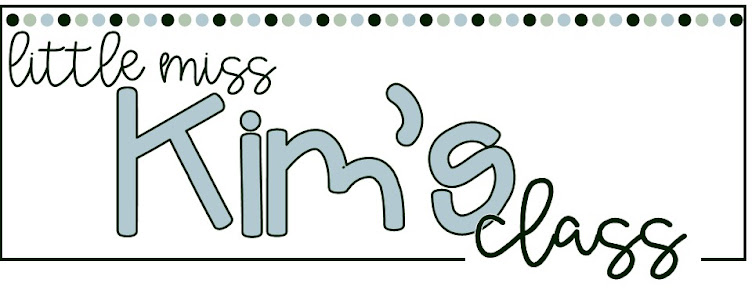The ability to work independently is an incredibly important life skill. Not only will this skill help students be successful at school, but it will also help them at home! Just think about it- if a student can work independently at school, it can give the classroom staff time to work 1:1 with other students... if a child can work independently at home, then the parents will be able to have time to cook dinner, take a shower or get some chores done. Most kids need structures and routines in place to be able to work independently, and this is especially true for kids with disabilities.
A wonderful way to teach kids to work independently is by using a structured work system. I truly believe in structured independent work, so the moment my students enter my classroom (sometimes as young as 5 years old), I start to teach them a structured work system. If you want to learn more about structured work systems, this is a great handout.
Why we do it:
If you're still not sold on spending the time to teach kiddos an independent/ structured work system, here are my main "selling points" when I tell teachers why independent work is so important:
- It's a GREAT skill for students to have when your classroom is understaffed! Being understaffed is going to happen in any classroom... people get sick, people go out of town, people quit, it's just going to happen! Having students with the ability to work independently is awesome for when you're understaffed because you can easily have a few students work independently when you and/or your paraprofessionals work with small groups or work 1:1 with students. I recently had a paraprofessional resign, so now during math centers I have a student using a structured work system to complete centers independently since I don't have enough staff to supervise each center.
- Having students work independently can also give you time to train, debrief and meet with paraprofessionals! Special ed paraprofessionals often have the same reporting times as students, which leaves little to no time for paras and teachers to meet together during the day. I've used time when students are working independently as time to train my paras on behavior plans, running literacy groups, to touch base about how time in general ed is going, etc. It might not give you an hour to sit down to do an intensive training with paras, but every 15-20 minute chunk of time that you can spend collaborating with paras is going to be helpful!
- You're going to look like a champ when administration or other staff come into your classroom and students are engaged and working independently!
there are a few different structured work systems out there. I haven't been formally trained in any of them, but I've taken parts and pieces the structured work systems I learned while in grad school and created individualized systems that work for my students. I've basically incorporated pieces from a variety structured work systems to create systems that work for each individual kiddo in my classroom.
- We spend time teaching only 1-2 students the system at a time. I started focusing on teaching the system to a few students at a time and once they started to get the independent work system down, then we started teaching the system to another 1-2 students.
- We provide structure to students however they need it! Students should have a work space where they aren't going to be distracted by other students, staff or materials. I like to have independent work areas a little blocked off with furniture, walls and/or room dividers. Most students will need the structure of a schedule during independent work, but it's not necessary for every student.
- Since my students have a wide range of physical and intellectual disabilities, we have to differentiate independent work systems for each kiddo's individual needs. For example, I have students who aren't able to independently maneuver their wheelchairs yet, so I don't expect the students to retrieve their work boxes/ carry the boxes across the classroom. I also have students who are unable to match simple picture/ number/ shape/ color cards between the schedule and the work boxes, so these students don't have specific schedules to follow yet. In these situations, students have their work boxes on their desks/ table and simply use a "left to right" work system format instead of using the matching work system. If you want to read about the different ways I differentiate work systems, check out this post.
- Here are the rules/ expectations we have for independent work:
- Students always work from left to right.
- All work is at students independent level (this is IMPERATIVE!)
- Students have a bucket/ shelf to put completed work in/on.
- Staff stick to using gestural prompts, modeling and physical prompts (because they're easier to fade than verbal prompts).
- Students do NOT take their work apart.
- Staff don't take the work apart in front of students.
- Students get a reward/ reinforcer when they are done completing the work.
- Here are a few examples of the different work spaces we have in our classroom
If you want FREE printables for implementing structured work in your classroom, check out this freebie in my TpT shop!







